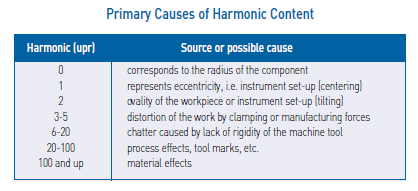bugs11
Automotive
- Jul 8, 2016
- 2
Hello all,
There is a difference of opinion when sitting on the same face of a part that you are checking either runout or ovality. While sitting on face A there is a probe on that same face A monitoring 360° movement. Some say Runout some say Ovality. What is the real answer?
Thank you all in advance for answers.
There is a difference of opinion when sitting on the same face of a part that you are checking either runout or ovality. While sitting on face A there is a probe on that same face A monitoring 360° movement. Some say Runout some say Ovality. What is the real answer?
Thank you all in advance for answers.

